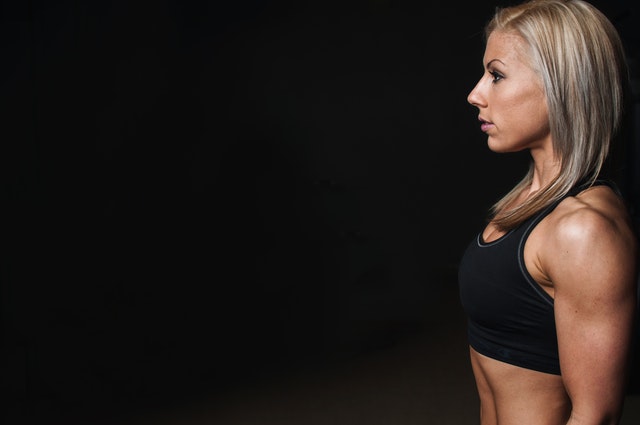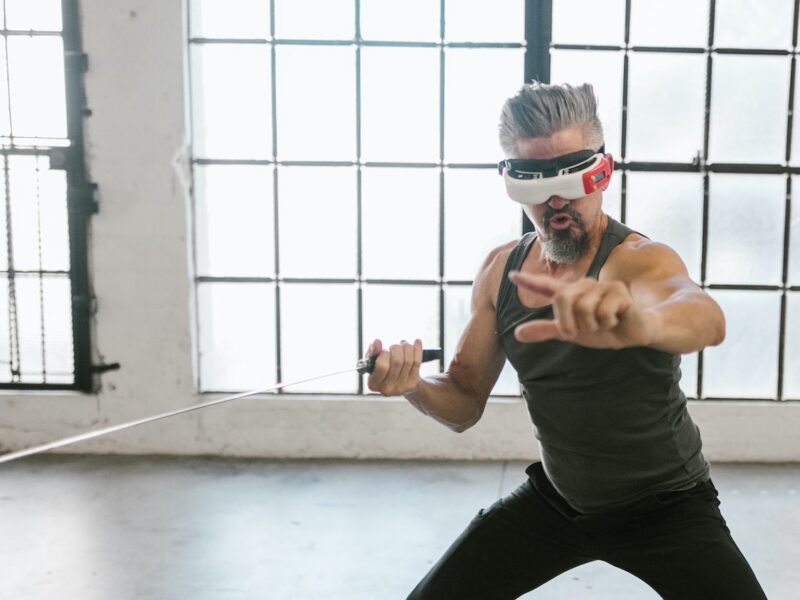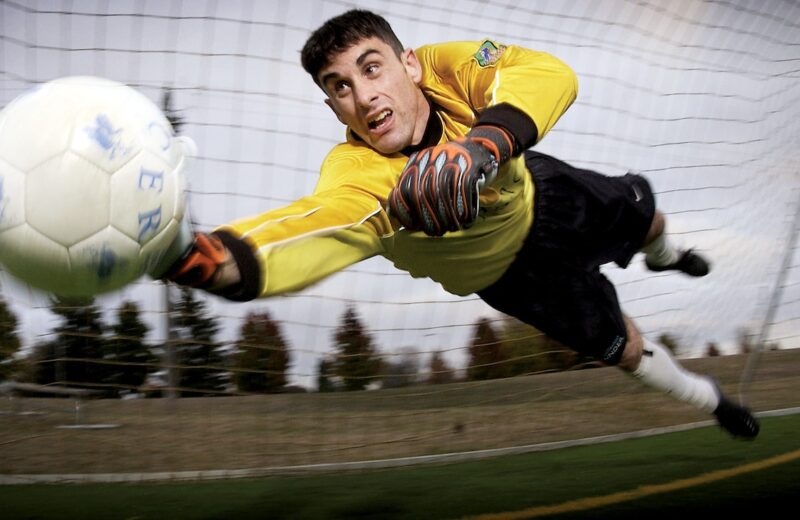
446人瀏覽
三級防疫或居家隔離中該如何維持訓練?
文/吳家豪。現為國立臺灣師範大學體育系 運動科學組 碩士生
2021年5月19日因應Covid-19疫情持續升溫,中央流行疫情指揮中心提升全國疫情警戒至第三級,至今尚未解除。為控制疫情,避免群聚感染,許多訓練的場地、設施都受到了限制,對於身為運動員的我們,在疫情期間要如何維持訓練?成了最大的難題…
上一回我們提到心理因素對菁英選手的重要性,並對意象訓練進行了基本的介紹,今天讓我們繼續看看究竟意象訓練是如何對運動表現產生效果?我們又如何發揮意象訓練的最大效益?
首先,我們來透過以下表格來談談意象是如何對運動表現產生效果吧。
看到這些針對意象訓練的科學證據,我們可以得知,即便在疫情期間,健身房、訓練場地無法開放使用,我們除了可以在家維持徒手訓練之外,更可以透過意象訓練的方式,幫助我們刺激相關的肌肉神經,讓我們做好準備,當再次回到競技賽場時,還能維持水準,繳出漂亮的成績單!
讀完今天的文章,您不妨可以自己先牛刀小試一下。
下回我們會繼續將意象訓練的實際操作方法,做更詳細具體的說明,讓您可以更輕鬆掌握運用的小技巧喔!
參考文獻
- Ahsen, A. (1984). ISM: The Triple Code Model for imagery and psychophysiology. Journal of mental imagery.
- Babiloni, C., Del Percio, C., Rossini, P. M., Marzano, N., Lacoboni, M., Infarinato, F., et al. (2009). Judgment of actions in experts: a high-resolution EEG study in elite athletes. Neuroimage 45, 512–521.
- Carpenter, L. (1984, January). The A-buffer, an antialiased hidden surface method. In Proceedings of the 11th annual conference on Computer graphics and interactive techniques(pp. 103-108).
- Hétu, S., Grégoire, M., Saimpont, A., Coll, M. P., Eugene, F., Michon, P. E., et al. (2013). The neural network of motor imagery: an ALE metaanalysis. Biobehav. Rev. 37, 930–949.
- Lang, P. J. (1977). Imagery in therapy: An information processing analysis of fear. Behavior therapy, 8(5), 862-886.
- Morris, T., Spittle, M., & Watt, A. P. (2005). Imagery in sport. Human Kinetics.
- Munzert, J., Lorey, B., and Zentgraf, K. (2009). Cognitive motor processes: the role of motor imagery in the study of motor representations. Brain Res. Rev. 60, 306–326.
- Sackett, R. S. (1934). The influence of symbolic rehearsal upon the retention of a maze habit. The Journal of General Psychology, 10(2), 376-398.
- Weinberg, R. S. (1988). The mental advantage: Developing your psychological skills in tennis. Human Kinetics Publishers.
446人瀏覽





